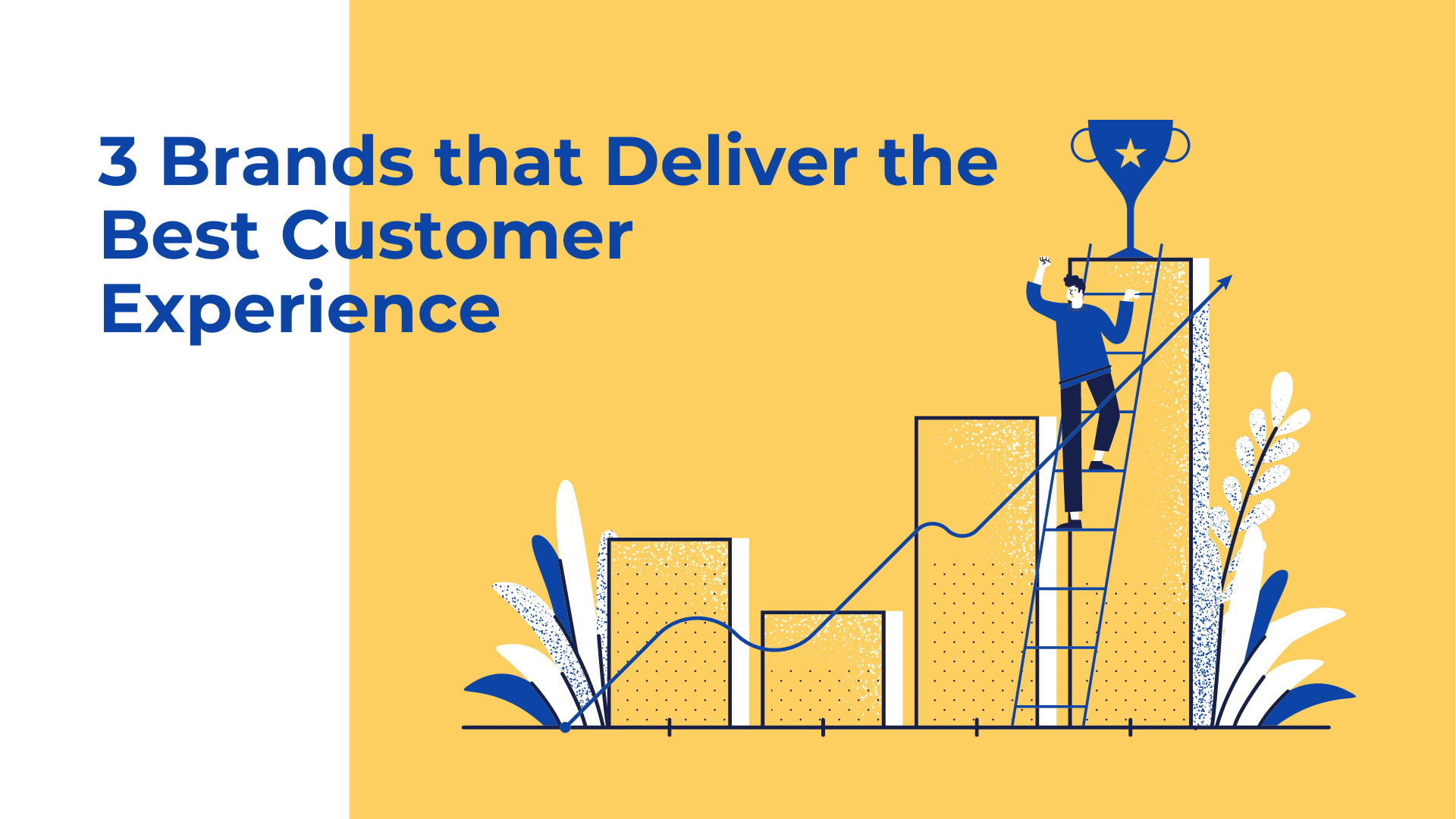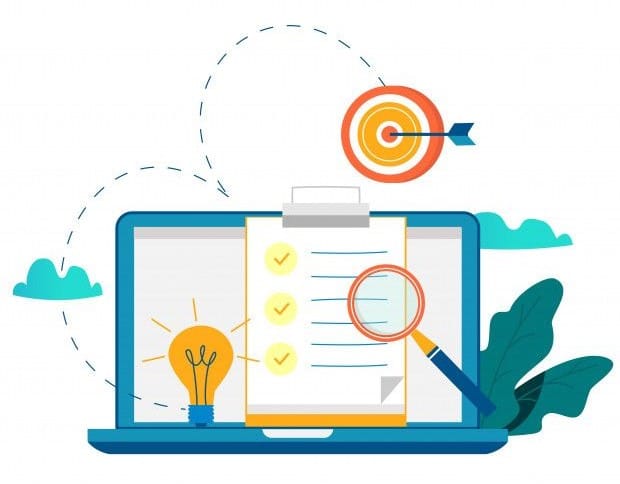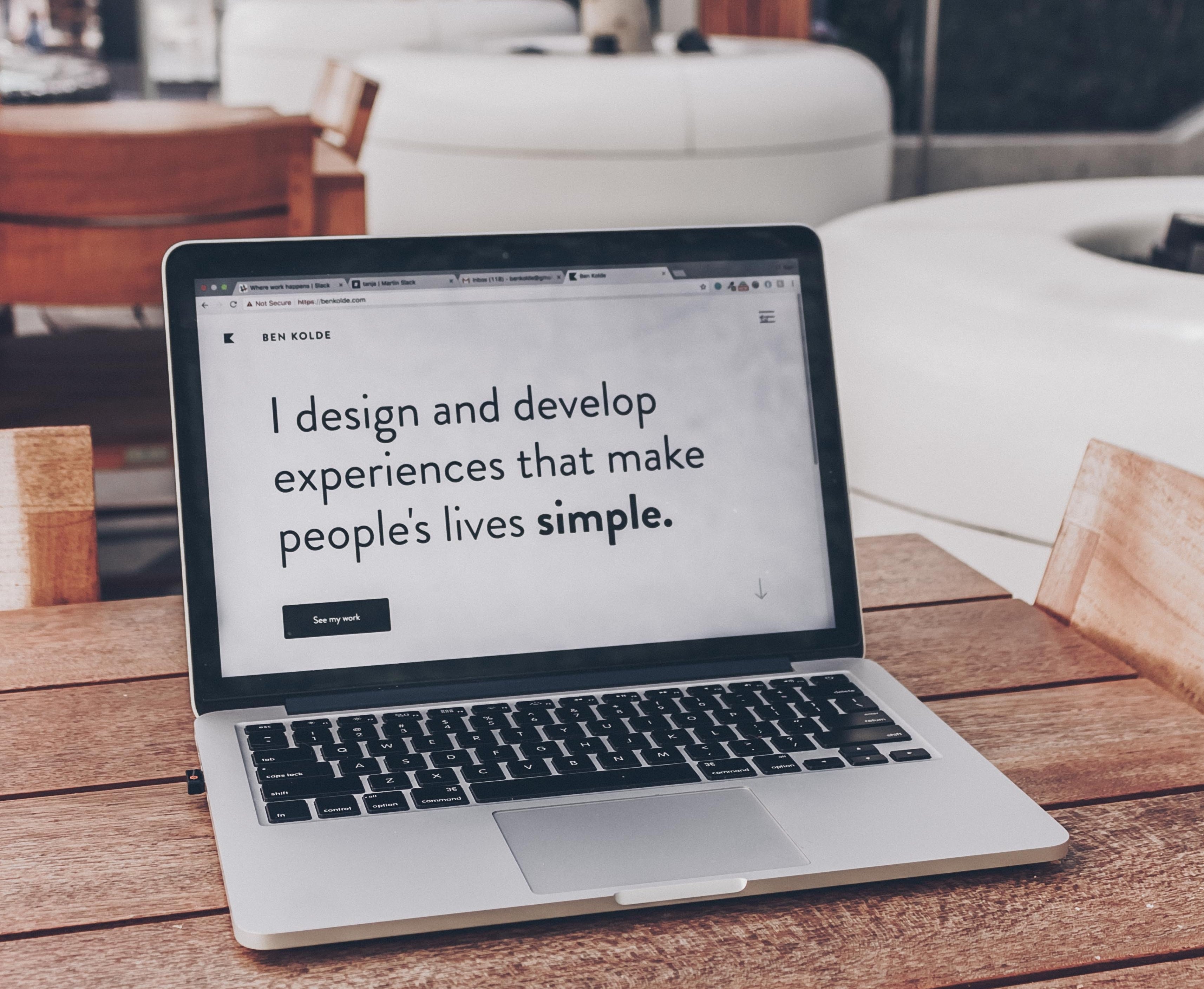How do I Check my Online Reputation?
A strong reputation has always been important for businesses and brands. With more people eager to shop online in recent times, online reputation has become vitally important for everyone, especially businesses. Good reviews on search results, social media, and business portals can attract potential customers. A good reputation helps a business to grow fast while anything short of it can affect a business in varying degrees, all negative.
That said, negative reviews are bound to happen. They could be from a disgruntled customer, from a rival, or even from an unsatisfied employee. It may or may not be your fault entirely, but it sure can drive away customers. That is why businesses need online reputation management or ORM. And with the right ORM tools, it is possible to monitor, analyze, and manage your brand’s online reputation.
How to Monitor Online Reputation with Social Listening?
To create and implement an ORM strategy, businesses first need to decide how they want to
monitor their reputation online. There are many ways to do so, with social listening being the most effective. And there’s a good reason for me to be saying this.
Social listening makes monitoring and analyzing the buzz around your business easier than any other research method. Marketers have been using the data obtained to create ORM strategies and to perform many more branding activities. It provides a one-stop solution for all your brand marketing needs.
This brings us to the discussion of how brands and businesses can use social listening to monitor their reputation online. Well, this can be done manually or with the use of social listening tools. Automated tools like Auris reduce the time and effort required to extract data relevant to your business from social chatter. Here’s how social listening can help:
Monitor Conversations in Real-Time
Listening to what people are talking about your brand is the first step of ORM. Social listening tools comb through millions of social media conversations to find out what people are talking about when it comes to your brand.
Launch New Products
Businesses must select a good time to launch products for their success. If the user sentiment is currently negative, your product will receive a poor response. With social listening tools, it is possible to gauge market sentiment and prepare for a launch accordingly.
Have Accurate Data for Analysis
It is impossible to judge how well a brand is doing without factoring in data from social media. With about 3.6 billion users in 2020, social media is a big marketplace. As such, brands have to monitor and analyze their reputation on social media before formulating any ORM strategy.
Set Alerts
It is not possible to monitor market sentiment 24*7 manually. If a disaster strikes when your marketing team is busy with other activities, it may blow out of proportion before you can act. That’s why brands can set up alerts for an unusual spike in the volume of @mentions, hashtags, etc. if using a social listening tool. With timely alerts, brands can jump into damage control before things go out of control.
Improve Brand Engagement
A negative review is, no doubt, bad. What’s worse is not responding to it. Often brands fail to
respond to a review because they aren’t aware of it. Social listening can help you here. As soon as you receive an alert, you can see what’s going on and respond suitably. This shows that you care about customer experience and are eager to make up for any of your faults. This will not only retain present customers but will also attract potential customers.
Analyze Competitor Sentiment
Analyzing user sentiment around your brand isn’t enough for ORM. Brands must also analyze how users feel about their competitors, likes and dislikes, strengths, and shortcomings, etc. This will allow marketers to create a strategy that benefits from the competitors’ pain points.
Any brand or business that wants to flourish must take care of its online reputation. ORM must be a part of your marketing strategy. And adopting a data-driven method isn’t a choice anymore, it’s essential. Automation like social listening provides accurate and useful data. Integrating this will only help to improve a brand’s reputation and in keeping ahead of competitors.












